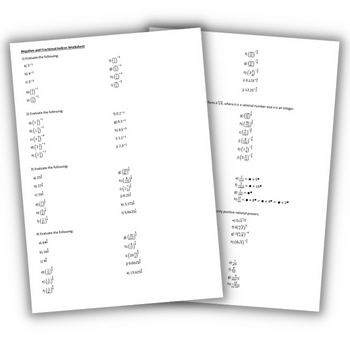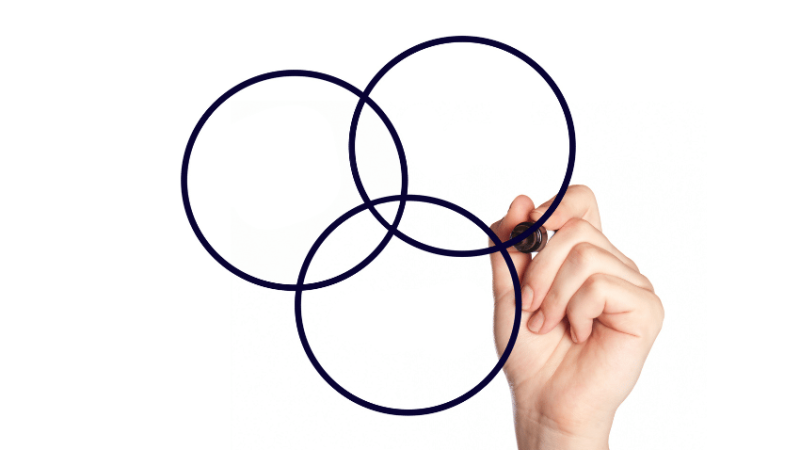Adding surds – What students get wrong about expressions with square roots

Colin Foster looks at the different ways in which surds can be combined – some of which can be difficult for students to make sense of…

- by Colin Foster
- Reader in mathematics education at Loughborough University Visit website

In this lesson, students contrast multiplication and addition of surds to understand how they are different but related.
The difficulty – adding and subtracting surds
Look at these statements. Are they true or false? Why?
√12 + √3 = √15
√12 – √3 = √9
√12 × √3 = √36
√12 ÷ √3 = √4
Students may need calculators to be sure. Three of the right-hand sides are square roots of perfect squares, so students may recognise these integers (√36 = 6, √9 = 3, √4 = 2).
The multiplication and the division are correct, but the addition and the subtraction aren’t.
The solution
How can we be sure whether these are true or false?
We can show that √12 × √3 must equal √36, because squaring each of these expressions gives us the same value:
( √12 √3 )( √12 √3 ) =? √36 √36
( √12 √12 )( √3 √3 ) =? √36 √36
12 × 3 =? 36
After squaring, the left-hand side equals the right-hand side, meaning that √12 × √3 = √36.
Adding surds with a calculator
If we try this with the addition, we get a problem:
√12 + √3 =? √15
( √12 + √3 ) 2 =? √15 √15
( √12 ) 2 + 2√12√3 + ( √3 ) 2 =? √15√15
12 + 2√12√3 + 3 =? 15
So, we can see not only that these are not equal but that the left-hand side in a case like this is always going to be bigger (because of the extra 2√12√3 term, which must be positive).
o, √12 + √3 > √12 + 3, not √12 + √3 = √12 + 3.
Square rooting is sub-additive, which means that, unless either a or b is zero, √a + b < √a + √b.
The radical symbol √ does not behave like multiplication – e.g. something like 3(a + b) = 3a + 3b).
Square rooting is not distributive over addition like multiplication is.
However, we can simplify √12 + √3, by using what we have seen about multiplication of surds.
The number 12 has a square factor (4), and so we can write √12 = √4√3, and because 4 is a square number, √12 is equal to 2√3.
So, √12 + √3 = 2√3 + √3 = 3√3.
(This last step is just ‘counting in √3s’ and is analogous to collecting like terms.)
Students should check this on their calculators. We can simplify additions and subtractions of surds in this way whenever there is a square number that is a factor of the number being square rooted.
What would √12 − √3 be equal to?
This time, √12 − √3 = 2√3 − √3 = √3. It may look strange to write √12 − √3 = √3 (students may think it should be √6 − √3 = √3), but it is correct.
Checking for understanding
To assess students’ understanding, ask them to find as many surd expressions as they can that are equal to 3√5. For example, they could start with 4√5 − √5 and convert this to √80 − √5.
There are many possibilities, and generating lots of these is an excellent way to practise using these ideas. They could try to make the 3√5 as concealed as possible, and make some that look as though they might be equal to 3√5 but aren’t!
Colin Foster (@colinfoster77) is a Reader in Mathematics Education in the Department of Mathematics Education at Loughborough University and has written numerous books and articles for mathematics teachers; for more information, visit foster77.co.uk







